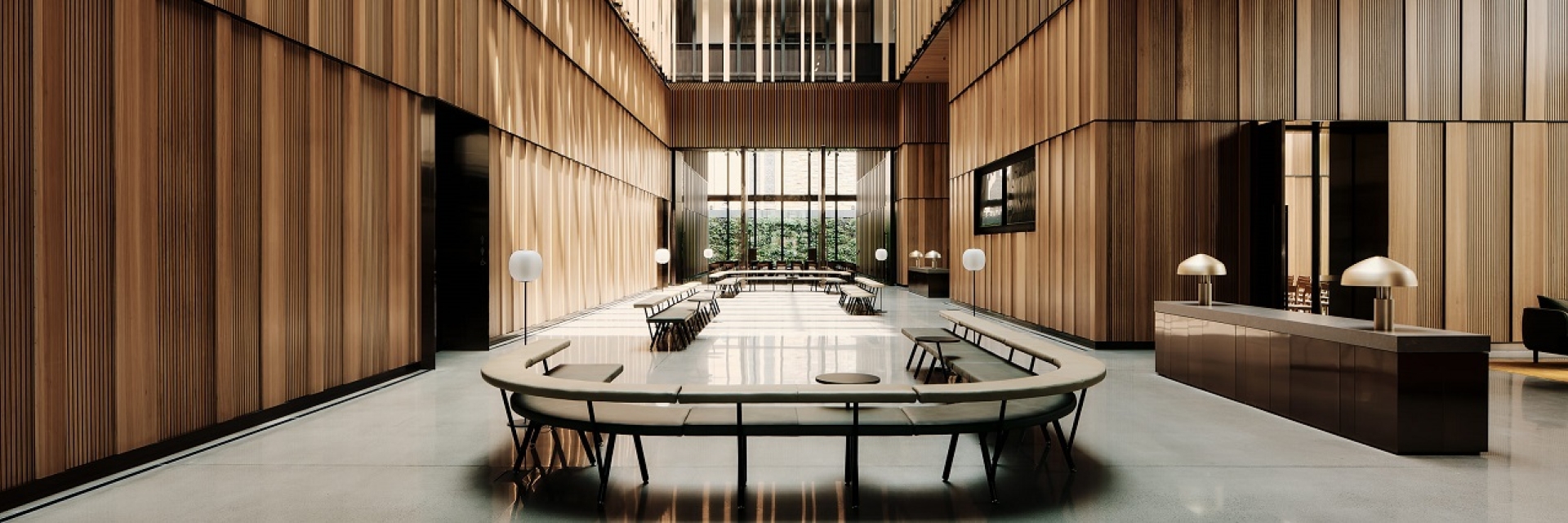
Explore the many ways Herman Miller chairs are tested – dropped, stressed, spun, pulled, forced – and built to last.

|
Herman Miller's products are pushed to the limit—and then some—in their Michigan Test Lab, where you’ll find weighted bags dropped into the seat of a chair, casters spun for days on end, and machines that wouldn’t feel out of place in a repair shop. Herman Miller test their products beyond what the industry expects—or requires—because they want them to stand the test of time. Today we take a deep dive into their dazzling precision laboratory, where engineering and design coexist in prototype experimentation and more than 2,500 different tests to ensure product performance and longevity. |
|
In 1958, at the urging of Charles and Ray Eames, George Nelson and Herman Miller owner D.J. De Pree created a space where designers could experiment on product prototypes and testing. More than six decades later, the Test Lab is now a precision laboratory the size of an aeroplane hangar, with technologically advanced machines that can measure velocity and impact to the nth degree. The lab sits at the heart of the making zone at the Design Yard in Holland, Michigan – flanked by the makers’ space and product design studio. Here, Technicians conduct some 2,500 different tests, on products ranging from task chairs to height-adjustable desks to panel and benching systems. Load-bearing and durability tests recreate worst case scenarios: armrest-perchers, backrest leaners, feet tuckers. Increased weight is added to hung shelves until they collapse. Machines perform backbreaking stretches on furniture. Wear simulation deploys robotics to recreate months, years or even a lifetime of use in a shortened time frame.  |
|
Technicians also perform chemical tests with an assortment of beakers, such as soda, sweat, disinfectant. There are chambers that simulate heat, humidity or cold. Every problem that arises – or potentially could – is treated to the scientific method and rigorously analysed. Following testing, the lab team collects raw data to make a determination about whether a design passes or fails. |


Herman Miller products often go above and beyond industry standard requirements for product performance. Take the back durability test, which has a requirement of 120,000 cycles of reclining, with a force of 35 to 45 kilograms. Herman Miller performs 1,000,000 cycles. Why? It’s all about the warranty. Many of the products tested feature a 12-year warranty: 12 years, yes, but also for 24 hours a day, seven days a week, 365 days a year.

All the tests that bend, spin, prod, poke, bob, drop and douse these products help to fulfil the company’s robust warranty – and then some. While some chairs might see a different sitter every day, all day, other chairs might be passed along through generations. “We’re trying to make something that can hold up,” says Curt Vanduren, senior Test Lab technician. “We hear, ‘Why does the chair cost so much?’ And I tell them, you have no idea what goes into that chair. And what’s expected of that chair throughout its lifetime.”

Because Herman Miller's tests can often include the – ahem – destruction of products, early development often includes rudimentary materials. “We see chairs through the whole process, starting at cardboard and duct tape,” says Vanduren. And it’s not just the early designs that get beat up – every stage in the product’s life span gets a test. For the technicians who have come to revere these pieces, it hurts a bit. As technician Steve Arendsen says, “It’s a shame to see a nice Aeron go up in flames.”
Explore Herman Miller
www.designcraft.net.au/herman-miller




